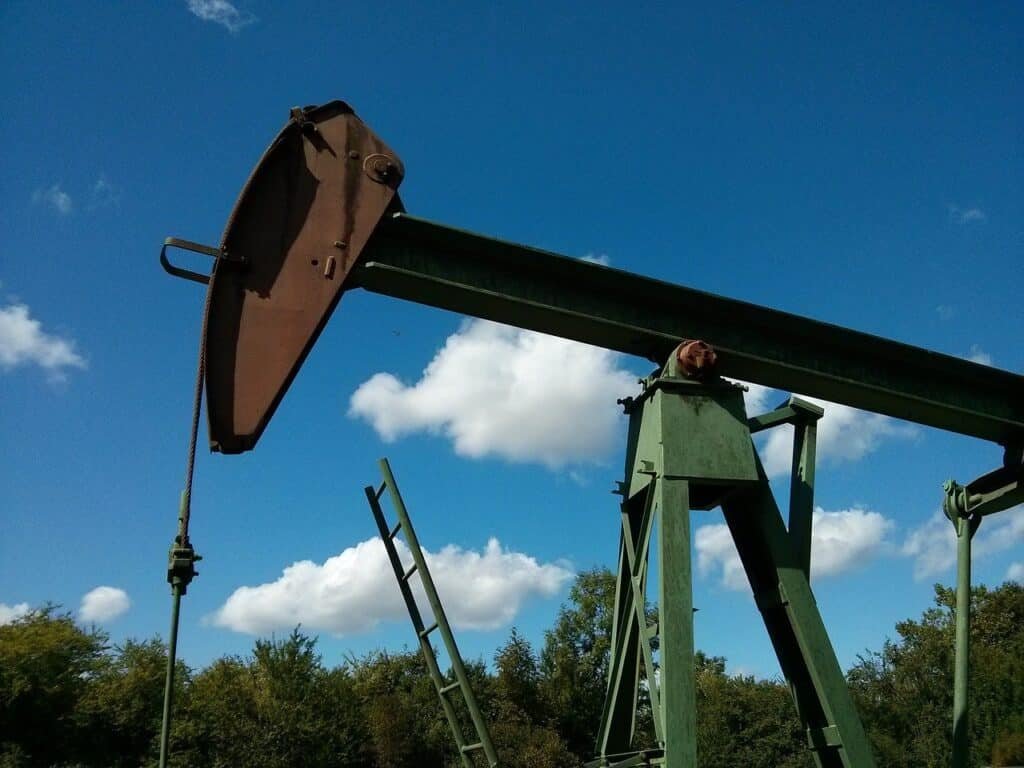
An oil production pump
The global oil market is in confrontation with an array of risks, as some imminent policies could push crude prices to about $120 a barrel or more. Many forces are in play that can induce energy-supply disruptions, eventually driving the oil price higher over the coming months as the demand might not go down.
In the previous week, oil prices edged higher after the US CPI data signalled an easing of the inflation wave, which could be positive for the oil demand.
Europe’s import embargo and G7 price cap on Russia’s crude oil can cause oil prices to spike
The European Union is all set to ban Russian crude oil imports from December 5, which will most likely result in a price spike for crude. Combined with the next batch of to-be-applied sanctions on refined products like Diesel, the closure of oil deliveries from Europe’s largest energy supplier imply a bullish trajectory for oil prices.
According to an Energy Aspects report, Russia’s oil production is already 500,000 barrels a day lower and could lose another 1.5 million BPD early next year, as the European ban might compel the Russian refineries to halt their upstream projects. This supply cut-off will inevitably deliver a huge blow to global oil supplies while Europe would have to turn towards more faraway suppliers like the Middle East and the US.
In another development, The G7 nations are bracing to implement a price cap on Russian oil purchases, to achieve a double-throned objective: curtailing the Russian oil revenue while keeping the country’s oil in global circulation.
Although the price cap may bring about a minor change to the global oil supply, it would probably lead to oil market turbulence. That said, amid such an uncertain environment, oil CFD traders are at an advantage, extracting potential gains by betting on oil price directions. Easymarkets is one notable platform where participants can trade oil CFDs to capitalize on the oil market situation.
China’s reopening prospects and OPEC+ supply-cut decision can also drive the oil prices higher
Besides the European embargo and G7’s decision, China’s reopening plans (as it steers away from the COVID-zero policy) and OPEC+’s oil production cut both could either keep oil prices flat or push them drastically higher over the coming months.
China’s zero-COVID approach has previously benefited Europe as it faced less competition for Russian energy supplies. Still, if the constrained Chinese demand returns back, prices could surge dramatically, making the already-tight energy market worse.
Moreover, OPEC+ slashed oil production by 2 million BPD starting in November despite US pressure, disclosing that this decision was based on the “uncertainty that surrounds the global economy and oil market outlooks”. Oil prices may be inching up in the aftermath, while the US is accusing the move to be “selfishly motivated to shore up oil prices”.
On the opposite side, the International Energy Agency has forecasted that a recessionary economic outlook may cause a contraction in global oil usage. The forum predicts the demand growth slowing to around 1.6 million BPD in 2023 from 2.1 million BPD this year.
In a nutshell
As per the analysts, the EU oil embargo and the G7 price cap on Russian crude oil could push down global oil supply by about a million BPD from December. Further, a supply cut by OPEC and its Russian ally is another huge blow to global energy consumers. From this perspective, prices do have strong bullish potential
